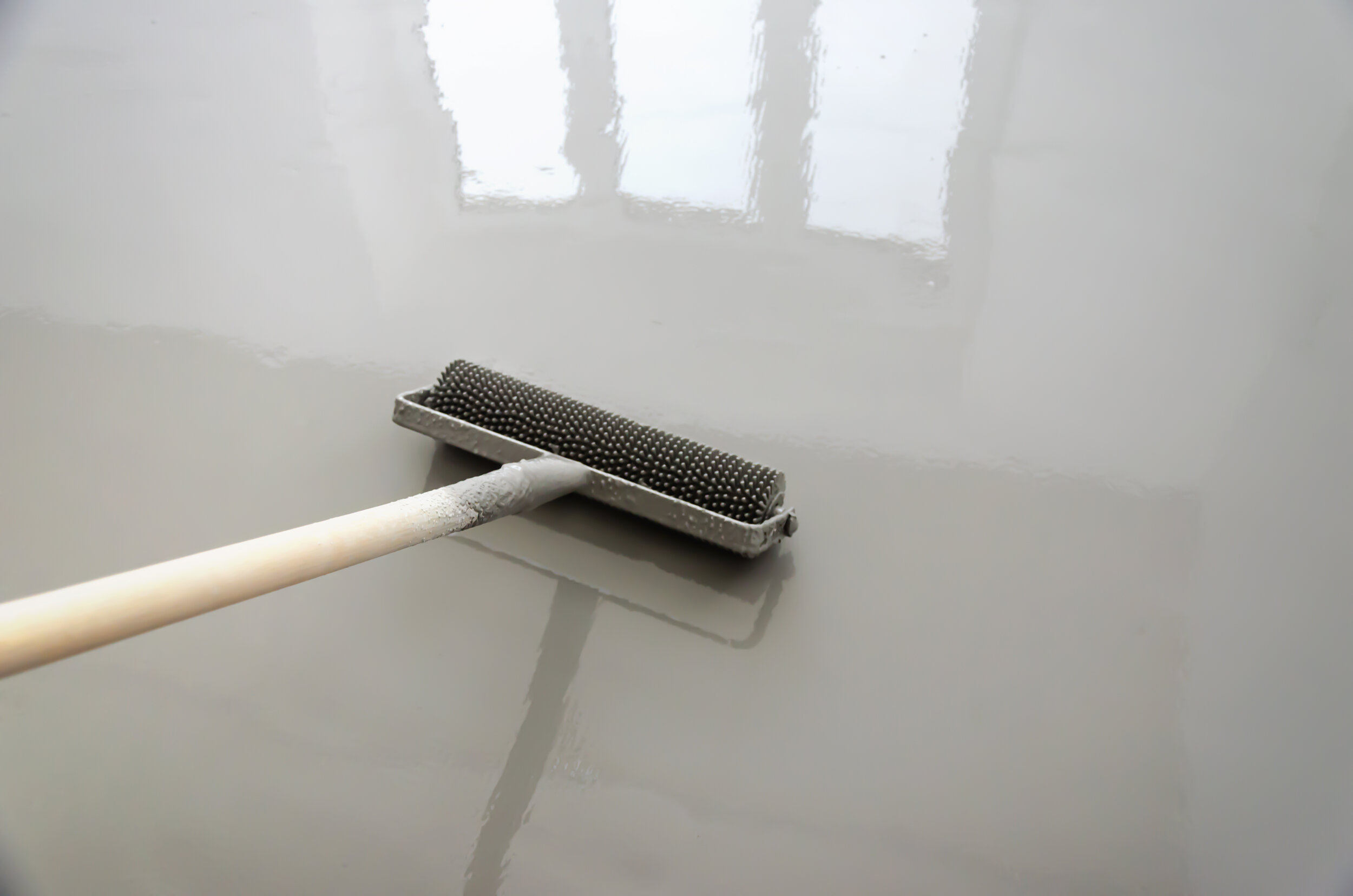

Articles
How Long Does It Take Epoxy Floors to Dry
Modified: February 23, 2024
Discover how long it takes for epoxy floor to dry with our informative articles. Get expert tips and advice on maintaining and curing epoxy flooring.
(Many of the links in this article redirect to a specific reviewed product. Your purchase of these products through affiliate links helps to generate commission for Storables.com, at no extra cost. Learn more)
Introduction
Epoxy floors have gained popularity in residential and commercial settings due to their durability, aesthetic appeal, and easy maintenance. Whether you’re considering installing an epoxy floor or have recently had one installed, you may be wondering how long it takes for the floor to fully dry.
The drying time of an epoxy floor can vary depending on several factors. Factors such as the type of epoxy used, the humidity levels, and the application method can all influence the drying time. Understanding these factors and the typical drying times can help you plan and ensure the longevity of your epoxy floor.
In this article, we will discuss the factors that affect epoxy floor drying time, the typical drying times for different epoxy types, ways to accelerate the drying process, and other important considerations throughout the drying process.
Key Takeaways:
- Patience is key when it comes to epoxy floor drying. Factors like temperature, humidity, and ventilation play a crucial role in the process, so following manufacturer’s instructions is essential for optimal results.
- Accelerate epoxy floor drying by maintaining optimal temperature, reducing humidity, and providing adequate ventilation. However, balance speed with proper curing techniques to ensure a durable and high-quality epoxy floor.
Factors Affecting Epoxy Floor Drying Time
The drying time of an epoxy floor can be influenced by various factors. Understanding these factors can help you estimate how long it will take for your epoxy floor to fully cure. Here are some key factors that can affect the drying time:
- Type of Epoxy: There are different types of epoxy coatings available, each with its own unique properties. Some epoxy coatings are designed for faster curing and drying, while others may take longer. It is important to choose an epoxy that is suitable for your specific needs and desired drying time.
- Humidity Levels: High humidity can significantly lengthen the drying time of an epoxy floor. Moisture in the air can interfere with the curing process and prevent the epoxy from fully hardening. It is recommended to install epoxy floors in a controlled environment with low humidity levels.
- Temperature: The temperature of the environment also plays a crucial role in epoxy floor drying time. In general, warmer temperatures accelerate the curing process, while colder temperatures slow it down. It is important to follow the manufacturer’s guidelines regarding the recommended temperature range for curing the epoxy.
- Application Thickness: The thickness of the epoxy coating can impact the drying time. Thicker coatings may take longer to dry compared to thinner applications. It is important to ensure that the epoxy is applied evenly and at the recommended thickness to promote proper curing.
- Ventilation: Good airflow in the area where the epoxy is applied can help facilitate the drying process. Sufficient ventilation helps to remove any moisture or fumes that can hinder the curing of the epoxy. Inadequate ventilation can prolong the drying time and affect the overall quality of the finished floor.
These factors work together to determine the overall drying time of an epoxy floor. It is important to consider these factors and take the necessary precautions to optimize the drying process and ensure a successful and durable epoxy floor installation.
Typical Drying Time for Epoxy Floors
The drying time for epoxy floors can vary depending on the specific type of epoxy used and the environmental conditions. While it is important to check the manufacturer’s instructions for the recommended drying time, here is a general guideline for the typical drying time of epoxy floors:
- Touch Dry: The epoxy floor will usually be touch dry within 4 to 6 hours after application. This means that you can walk on the surface without leaving any marks or indentations. However, it is important to note that the epoxy may still be soft and vulnerable to damage, so caution should be exercised during this initial drying phase.
- Light Foot Traffic: After about 24 hours, the epoxy floor will be ready for light foot traffic. This means that you can start moving around the space, but heavy objects or furniture should still be avoided.
- Full Cure: The full curing process of an epoxy floor can take anywhere from 3 to 7 days, depending on the type of epoxy and the environmental conditions. During this time, it is important to avoid any heavy loads, dragging furniture, or placing rugs or mats on the floor as they may cause damage or interfere with the curing process.
It is crucial to note that these are general guidelines, and the actual drying time may vary based on the specific circumstances. It is always recommended to follow the manufacturer’s instructions for the specific epoxy product you are using, as they will provide the most accurate information regarding drying times. Additionally, factors such as temperature, humidity levels, and ventilation can influence the drying time. Colder temperatures and higher humidity levels can extend the drying time, while warmer temperatures and good ventilation can accelerate the process. Maintaining a controlled environment within the recommended temperature and humidity range will help optimize the drying time and ensure a successful epoxy floor installation. By being patient and allowing the epoxy floor to fully cure before subjecting it to heavy traffic or placing heavy objects on it, you can help ensure the longevity and durability of your epoxy floor. Taking the necessary precautions during the drying process will ultimately result in a beautiful and long-lasting floor that enhances the aesthetics and functionality of your space.
Accelerating Epoxy Floor Drying
While epoxy floors have a typical drying time, you may have circumstances that require you to expedite the drying process. Here are some strategies to help accelerate the drying time of epoxy floors:
- Optimal Temperature: Maintain the recommended temperature range for the epoxy floor to cure. Warmer temperatures can speed up the drying process, but be cautious not to exceed the recommended limit as it can have adverse effects on the quality of the floor.
- Reduce Humidity: Lowering the humidity levels in the environment can help expedite the drying process. If possible, use dehumidifiers or fans to reduce moisture in the air and create a more favorable environment for the epoxy to cure.
- Provide Adequate Ventilation: Good airflow is essential for quick drying. Ensure the area is well-ventilated by opening windows, using fans, or utilizing ventilation systems. This will help remove any excess moisture and allow for faster evaporation.
- Use Amine Accelerators: Amine accelerators are additives that can be mixed with epoxy to speed up the drying time. These can be particularly useful in colder temperatures or high humidity conditions. However, it is important to follow the manufacturer’s instructions and guidelines for the proper usage and dosage of these accelerators.
- Apply Thin Coats: Applying thinner coats of epoxy can expedite drying. Thicker coats take longer to cure, so spreading the epoxy evenly and thinly can help reduce the drying time.
- Use Heat Sources: In some cases, applying a controlled amount of heat can accelerate the drying process. However, caution must be exercised when using heat sources to avoid overheating or causing damage to the epoxy.
It is important to note that while these strategies can help speed up the drying time of epoxy floors, it is crucial to maintain the quality and integrity of the installation. Rushing the process or deviating from the manufacturer’s instructions can lead to subpar results or potential long-term issues with the floor. Exercise caution and consult with professionals or experts if needed to ensure proper application and drying of the epoxy floor. By implementing these strategies, you can potentially reduce the drying time of your epoxy floor and expedite the process while ensuring a durable and stunning finished result.
The drying time for epoxy floors can vary based on temperature and humidity. In general, it takes about 24-72 hours for epoxy to dry completely. It’s important to follow the manufacturer’s instructions for best results.
Factors to Consider during the Drying Process
During the drying process of an epoxy floor, there are several important factors to consider to ensure the best results and prevent any damage or issues. Here are some key factors to keep in mind:
- Avoid Foot Traffic: It is essential to avoid walking on the epoxy floor during the initial drying phase. Even if the surface feels dry to the touch, the epoxy may still be soft and susceptible to damage. Follow the recommended drying time provided by the manufacturer and restrict access to the area until the floor is fully cured.
- Protective Measures: Take precautionary measures to protect the epoxy floor during the drying process. Place caution signs or barriers to prevent accidental contact or damage. Avoid dragging furniture or heavy objects across the floor, as this can cause scratches or leave marks on the surface. Use protective pads or sliders when moving furniture to minimize the risk of damage.
- Monitor Environmental Conditions: Keep an eye on the temperature and humidity levels throughout the drying process. Extreme temperatures or high humidity can negatively affect the curing process. Maintain the recommended temperature range and consider using dehumidifiers or fans to regulate the humidity levels in the area.
- Follow Manufacturer’s Instructions: Always refer to the manufacturer’s instructions and guidelines for the specific epoxy product you are using. Each epoxy may have its own recommendations regarding mixing ratios, application techniques, and drying times. Adhering to these instructions will help ensure the proper curing and longevity of your epoxy floor.
- Avoid Contaminants: During the drying process, it is important to prevent any contaminants from coming into contact with the epoxy floor. Keep the area clean and free from dust, dirt, and other particles that may compromise the final result. Seal off the area if necessary to prevent any unwanted debris from settling on the surface of the epoxy.
- Patience in the Curing Process: Epoxy floors require adequate time to fully cure and harden. Even after the initial drying period, it is crucial to allow sufficient time for the epoxy to reach its maximum hardness. Rushing the curing process can lead to a weaker and less durable floor. Follow the recommended curing time provided by the manufacturer.
By considering these factors and taking the necessary precautions, you can contribute to a successful drying process and ensure a beautiful, durable, and long-lasting epoxy floor installation. Patience and adherence to proper procedures will yield the best results, making your epoxy floor a standout feature in your home or commercial space.
Read more: How Long Does It Take For Floor Paint To Dry
Testing Epoxy Floor Dryness
Testing the dryness of an epoxy floor is crucial to ensure that it has fully cured and is ready for use. Here are some methods to test the dryness of an epoxy floor:
- Visual Inspection: One of the simplest ways to gauge the dryness of an epoxy floor is through a visual inspection. Look for any wet or glossy spots on the surface. If the floor appears uniformly dry and has a matte or satin finish, it is an indication that the epoxy has dried. However, note that visual inspection alone may not be sufficient to confirm complete dryness.
- Tactile Test: Using your fingertips, gently touch the surface of the epoxy floor in a discreet area. If it feels dry, with no tackiness or stickiness, it is a good sign that the floor has dried sufficiently. Avoid pressing too hard or scratching the surface, as this can cause damage.
- Water Droplet Test: Another method to test the dryness of an epoxy floor is by placing a few drops of water on the surface. If the water beads up and sits on top without penetrating or causing any discoloration, it indicates that the epoxy is fully cured. However, if the water seeps into the epoxy or creates a dark spot, it suggests that the floor is not completely dry.
- Tape Test: Perform a simple adhesive tape test to check the dryness of the epoxy floor. Press a piece of adhesive tape firmly onto the surface, ensuring good contact. Leave it for a few minutes, then peel it off quickly. If the tape comes off without any residue or pulling off the epoxy, it indicates that the floor is dry and ready for use.
- Hardness Test: If the epoxy floor has been fully cured for the recommended drying time, it should exhibit a significant increase in hardness. Gently pressing your fingernail or a coin into the surface should not leave any indentations. If the epoxy remains soft or leaves marks, it may require additional drying time.
It is important to note that the drying time and testing methods can vary depending on the type of epoxy used and the environmental conditions. Always refer to the manufacturer’s guidelines for specific instructions on testing the dryness of the epoxy floor. By employing these testing methods, you can ensure that your epoxy floor has fully dried and cured, providing you with a durable, beautiful, and long-lasting flooring solution.
Conclusion
Understanding the drying time of epoxy floors is essential for a successful installation and to ensure the longevity and durability of the floor. Various factors such as the type of epoxy, humidity levels, temperature, application thickness, and ventilation can influence the drying time. It is crucial to consider these factors and follow the manufacturer’s instructions for the specific epoxy product being used.
Typically, epoxy floors are touch dry within 4 to 6 hours, ready for light foot traffic after 24 hours, and fully cured within 3 to 7 days. However, it is important to note that these are general guidelines, and the actual drying time may vary based on environmental conditions and epoxy type.
There are strategies to help accelerate the drying process, such as maintaining optimal temperature, reducing humidity, providing adequate ventilation, using amine accelerators, applying thin coats, and incorporating heat sources. However, it is crucial to balance the need for speed with proper curing techniques to ensure a durable and high-quality epoxy floor.
During the drying process, it is important to avoid foot traffic, take protective measures, monitor environmental conditions, follow manufacturer’s instructions, avoid contaminants, and exercise patience. Testing the dryness of the epoxy floor through visual inspection, tactile tests, water droplet tests, tape tests, and hardness tests can help ensure that the floor has fully cured.
In conclusion, the drying time of epoxy floors can vary, and it is essential to follow proper procedures, adhere to manufacturer’s instructions, and exercise patience to achieve the desired results. By understanding the factors that affect drying time and implementing the necessary measures, you can enjoy a beautiful, durable, and long-lasting epoxy floor that enhances the aesthetics and functionality of your space.
Frequently Asked Questions about How Long Does It Take Epoxy Floors To Dry
Was this page helpful?
At Storables.com, we guarantee accurate and reliable information. Our content, validated by Expert Board Contributors, is crafted following stringent Editorial Policies. We're committed to providing you with well-researched, expert-backed insights for all your informational needs.
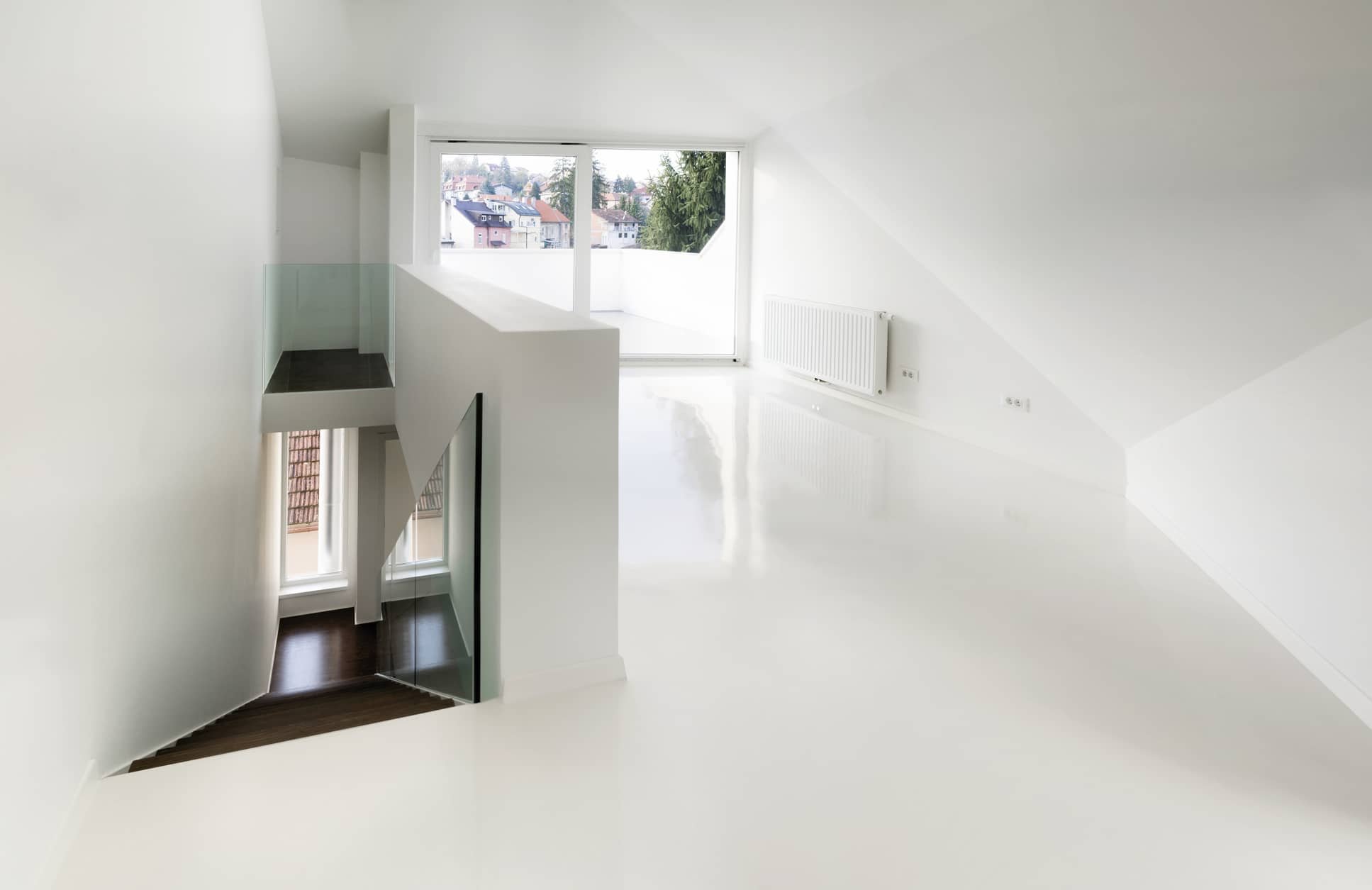
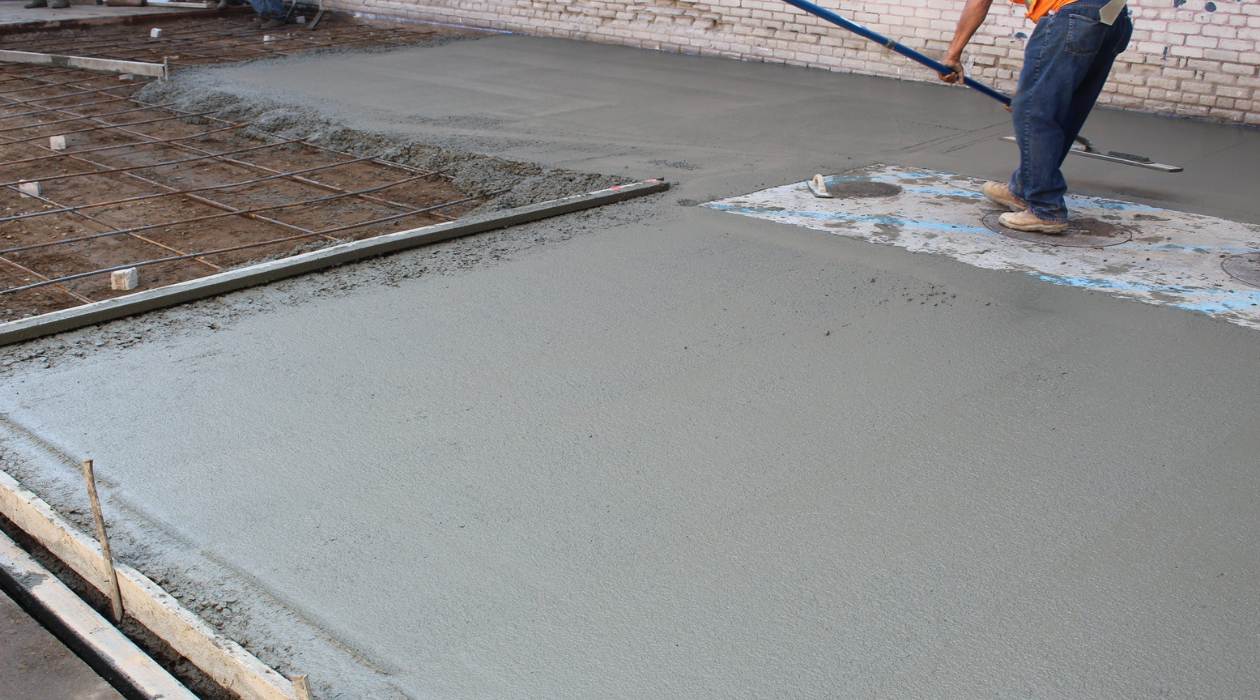
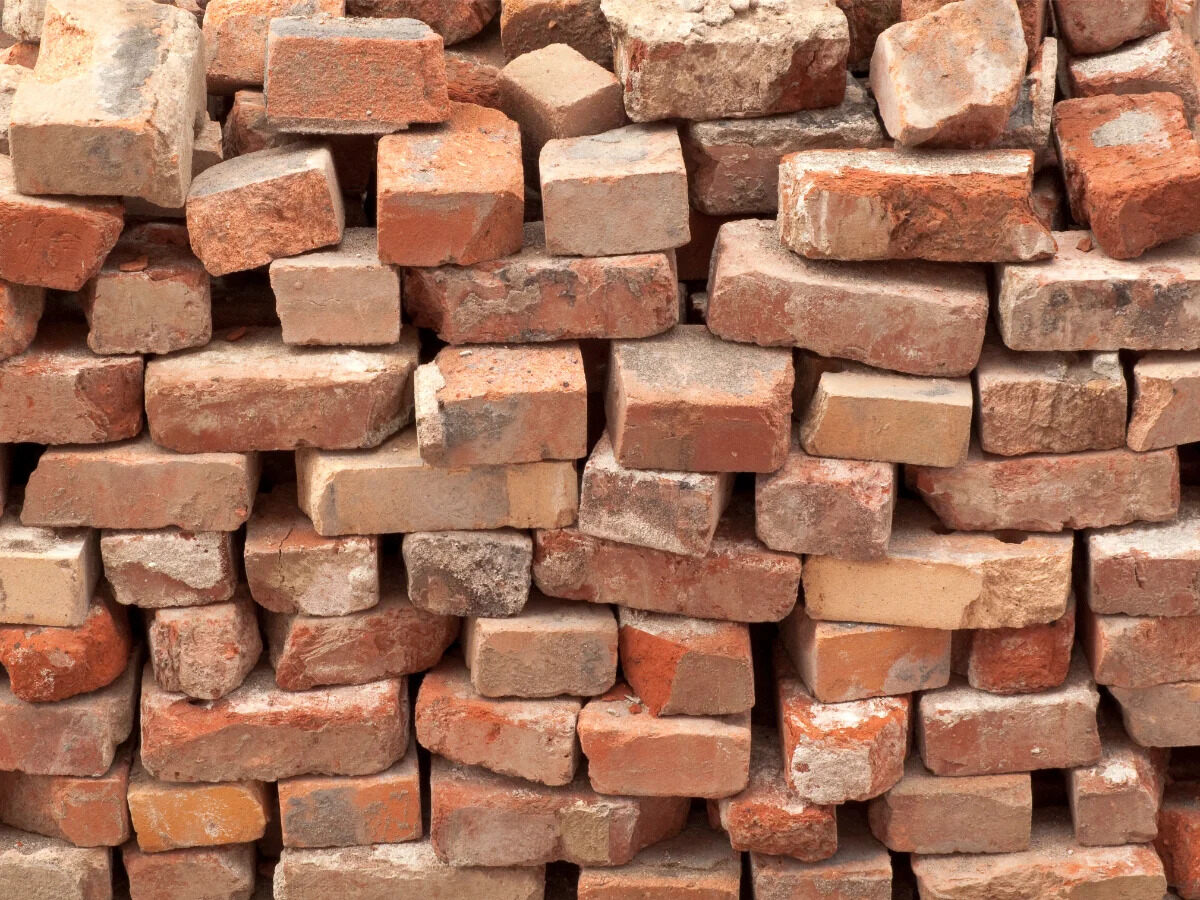
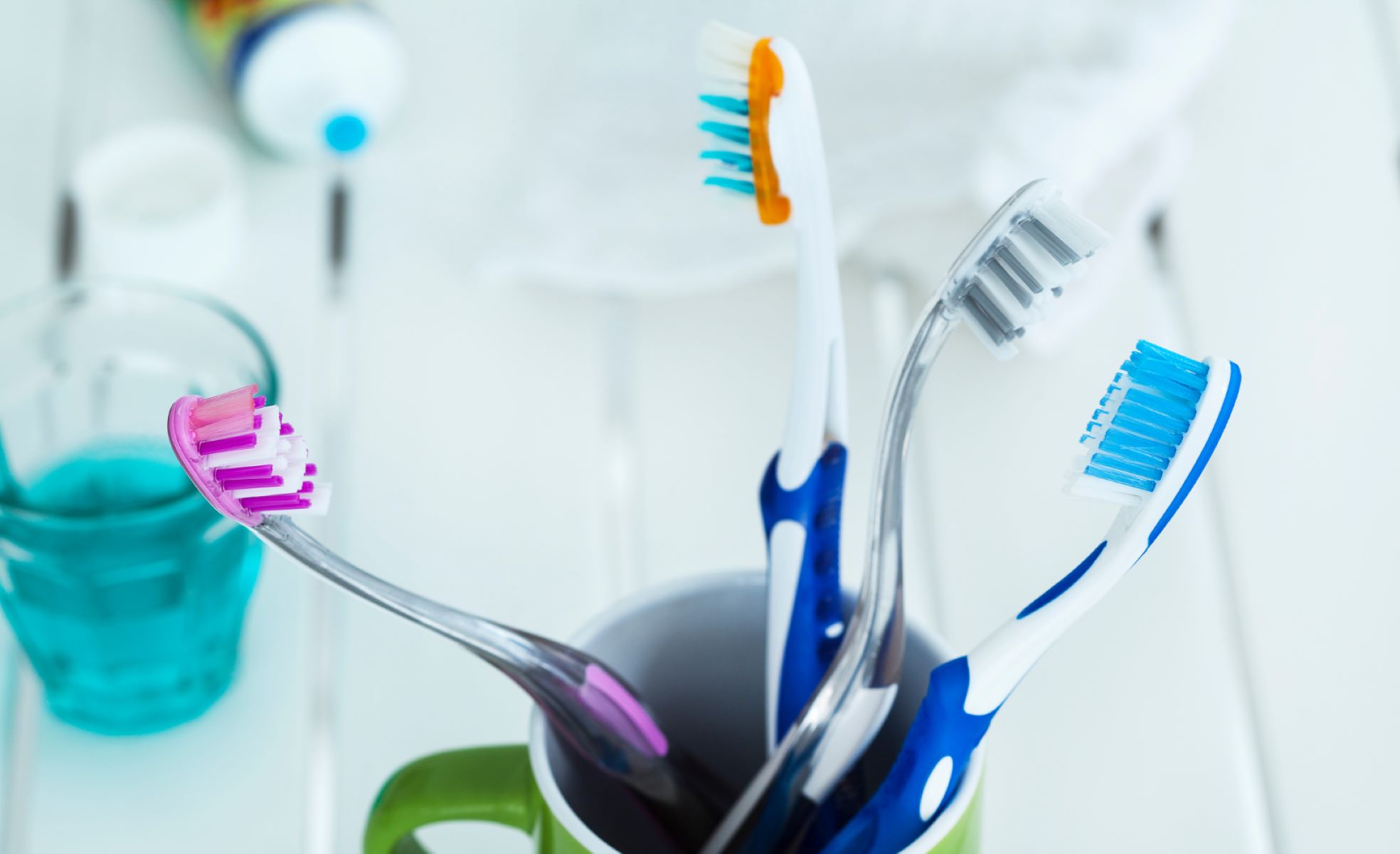
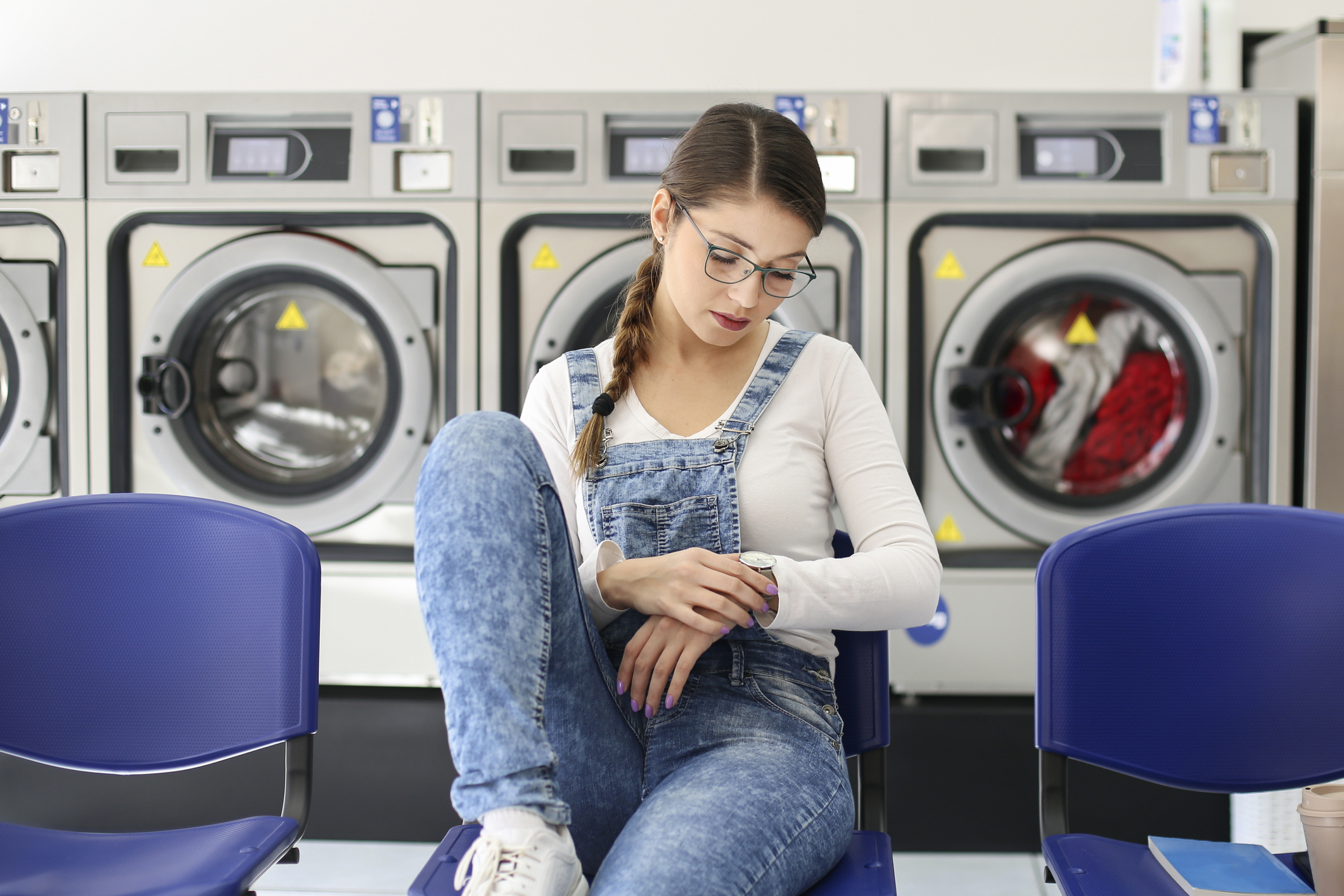
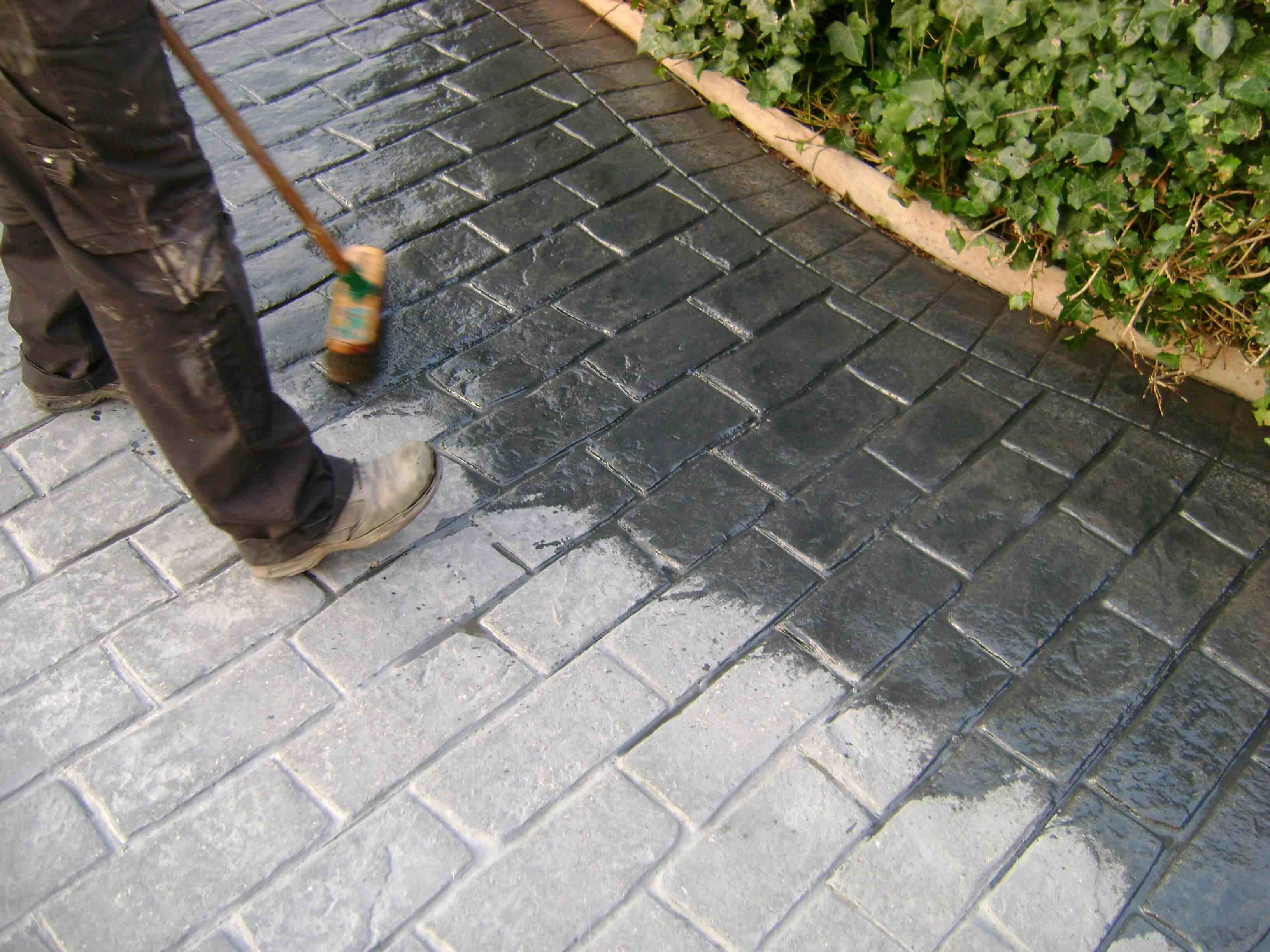
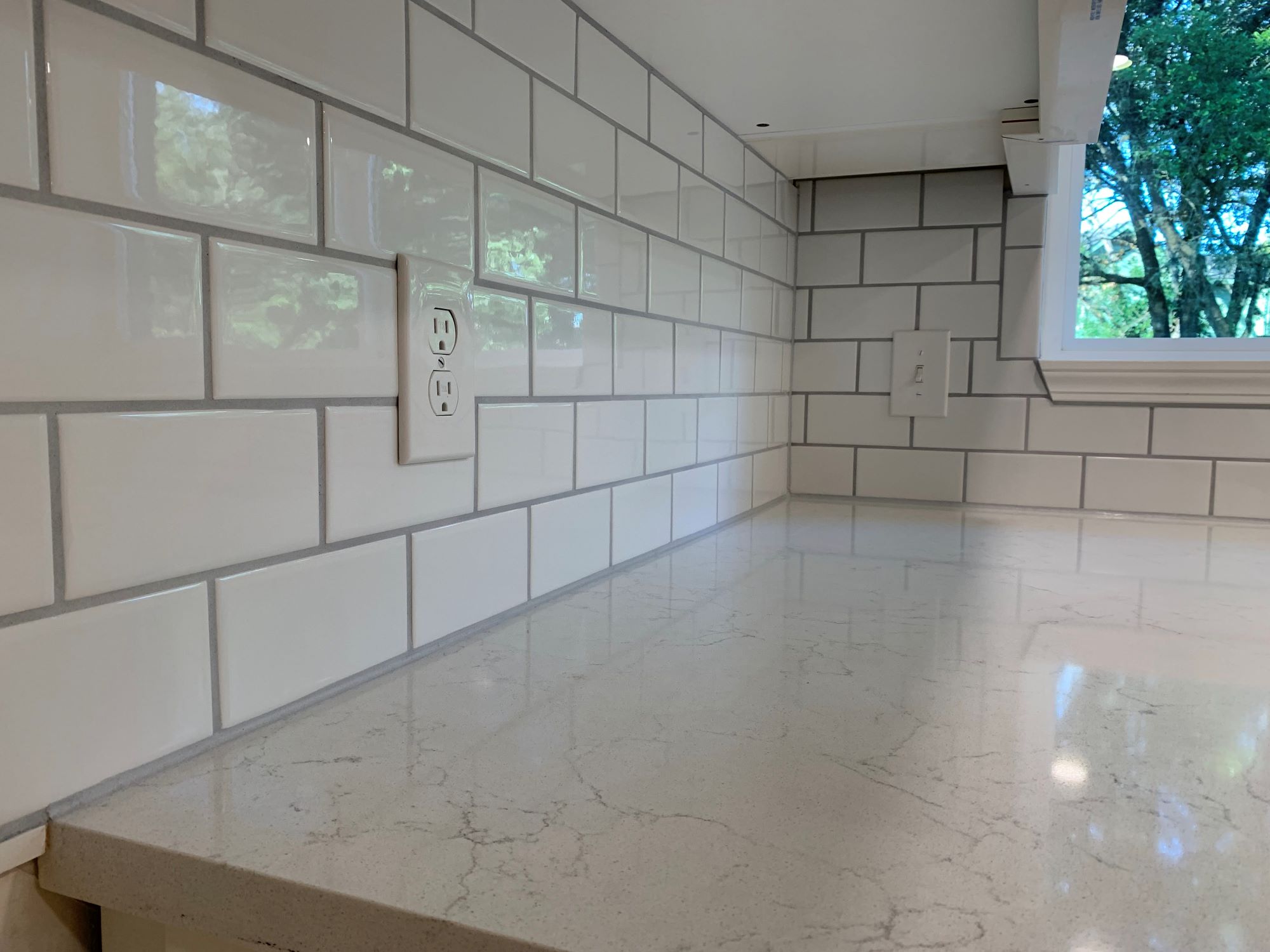
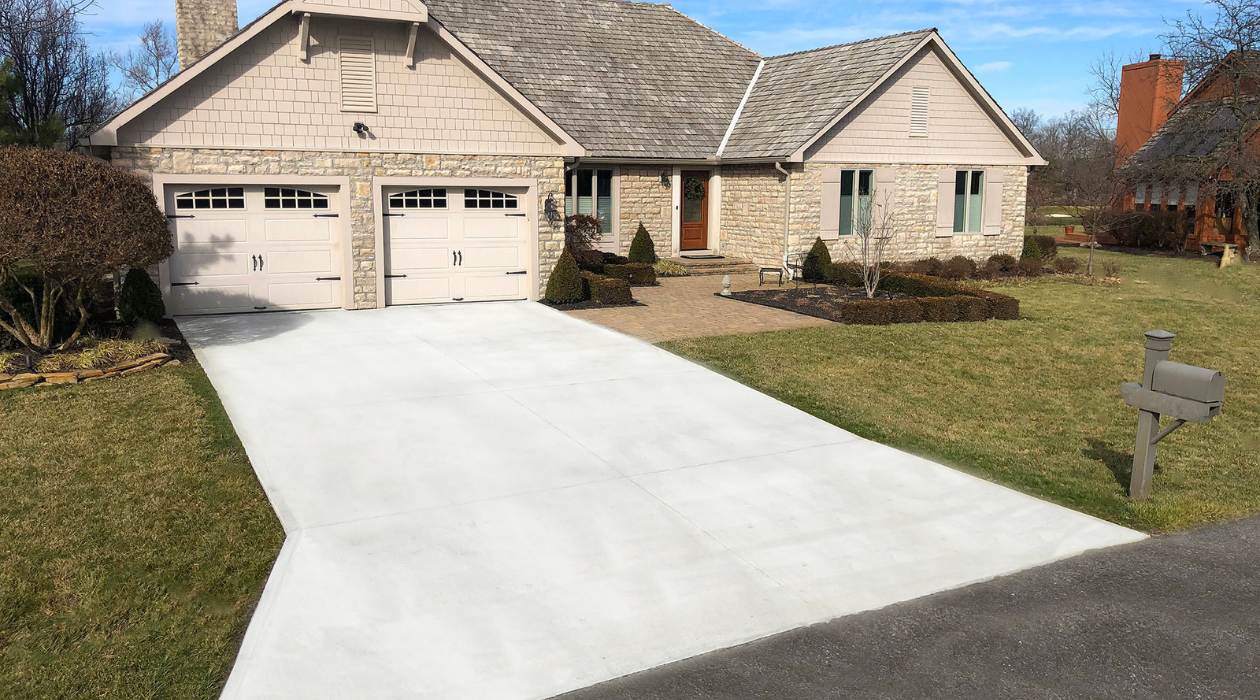
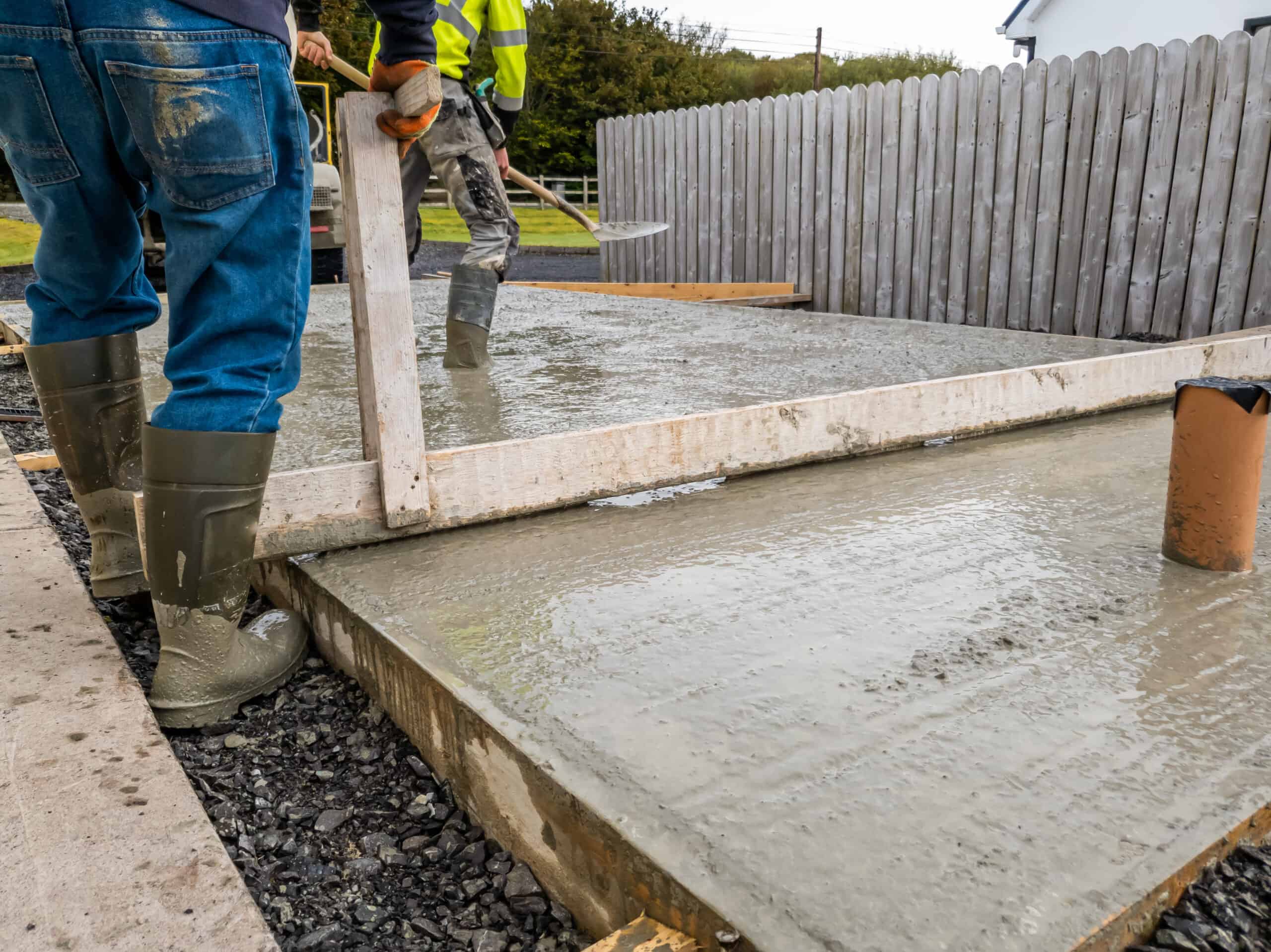
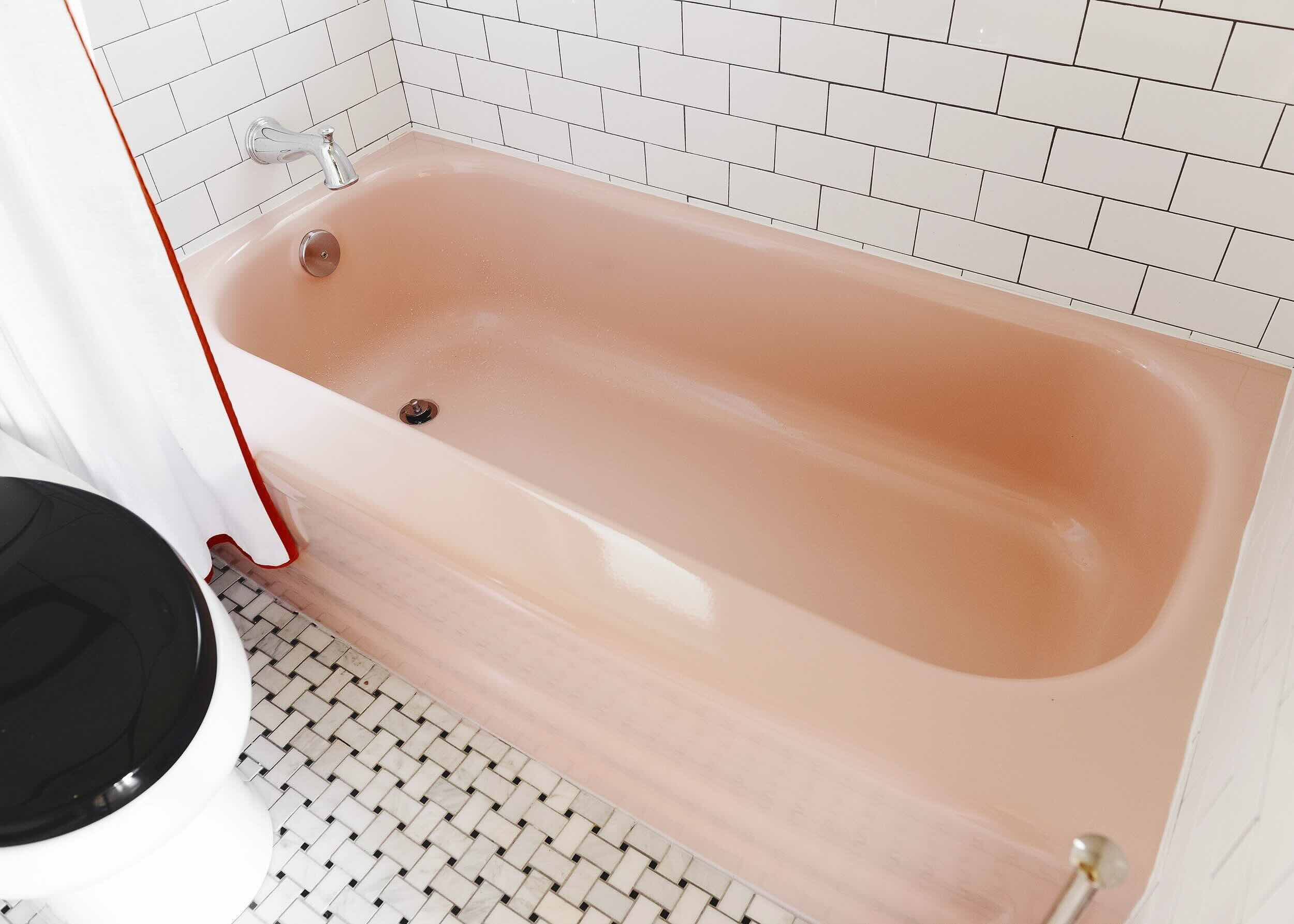
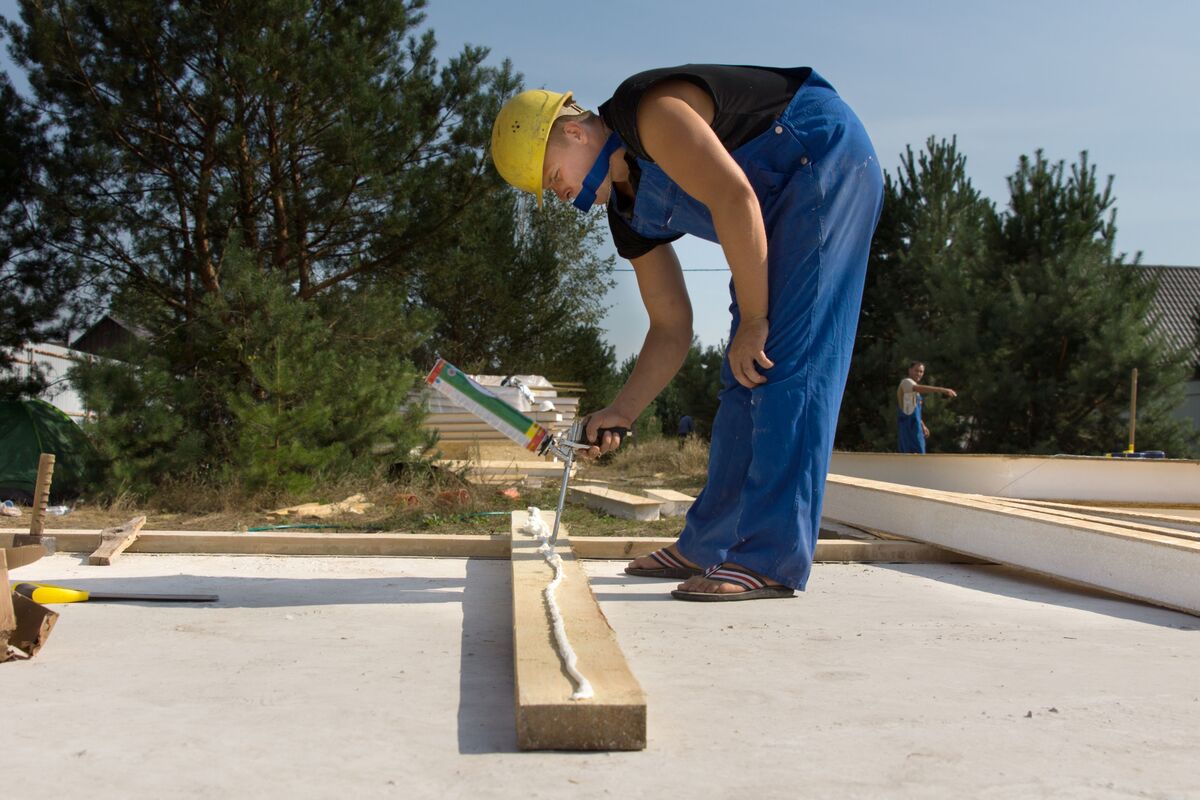
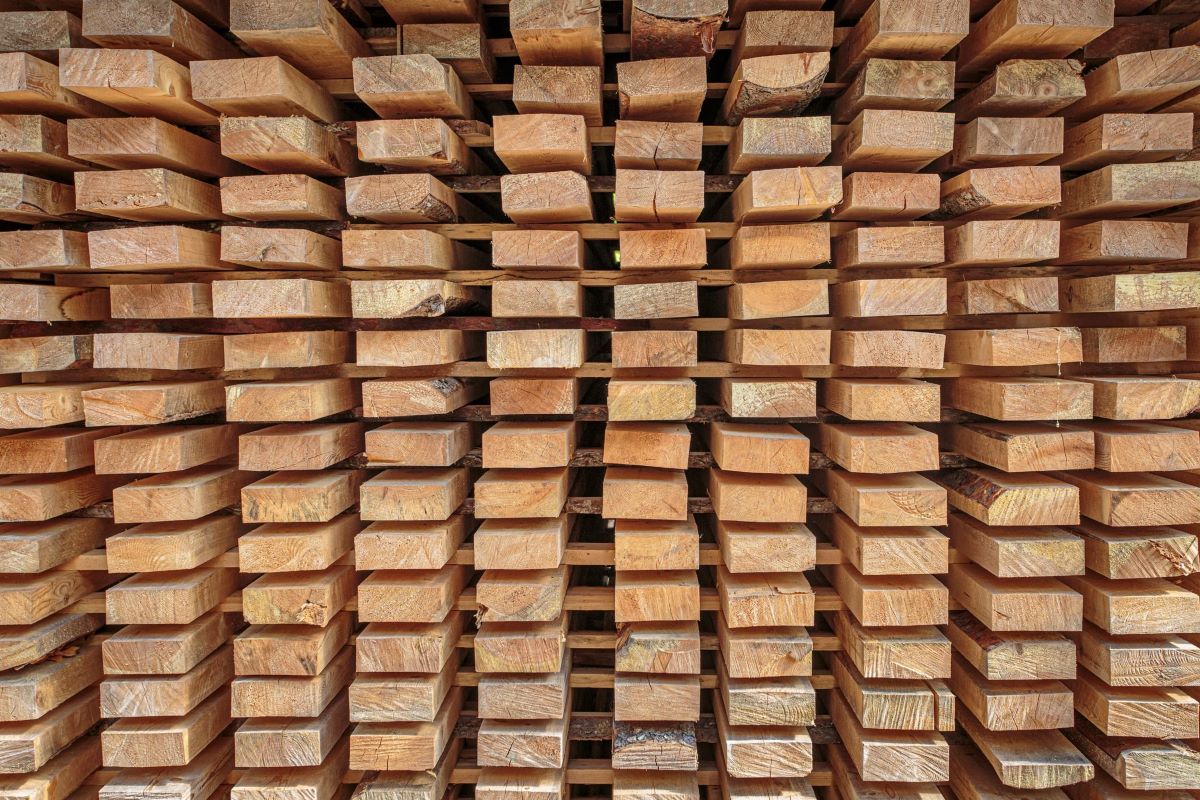
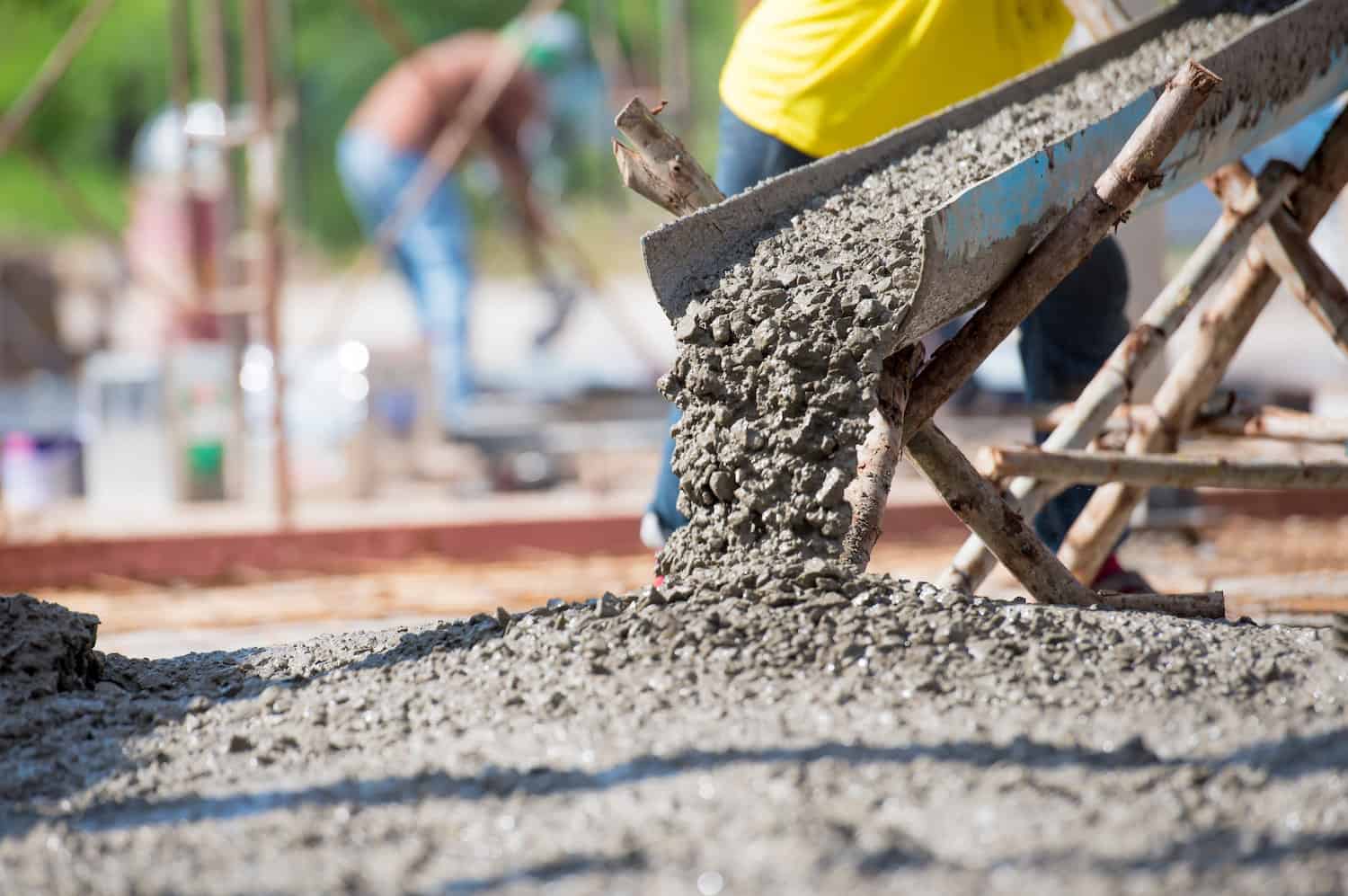
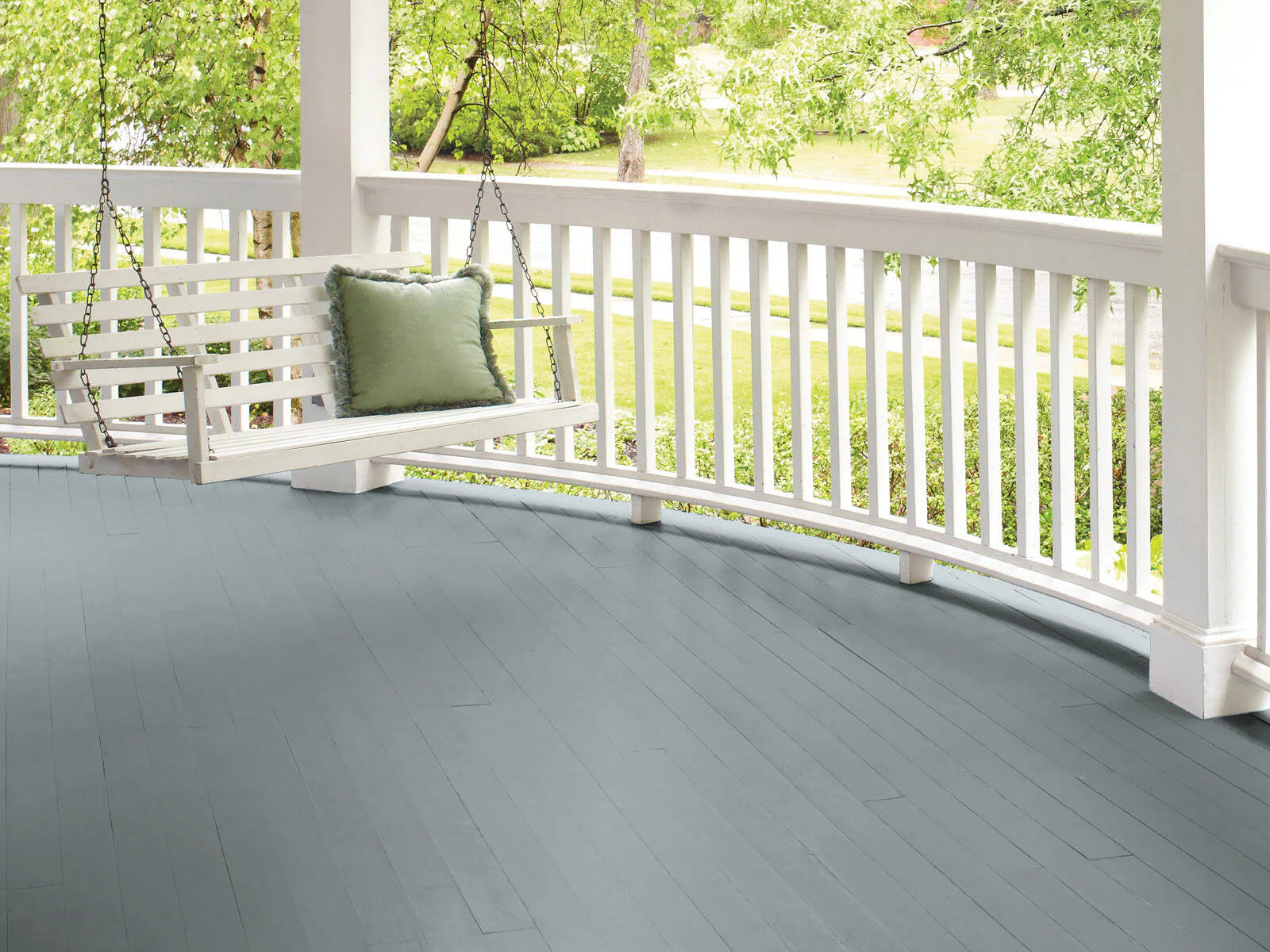

0 thoughts on “How Long Does It Take Epoxy Floors to Dry”